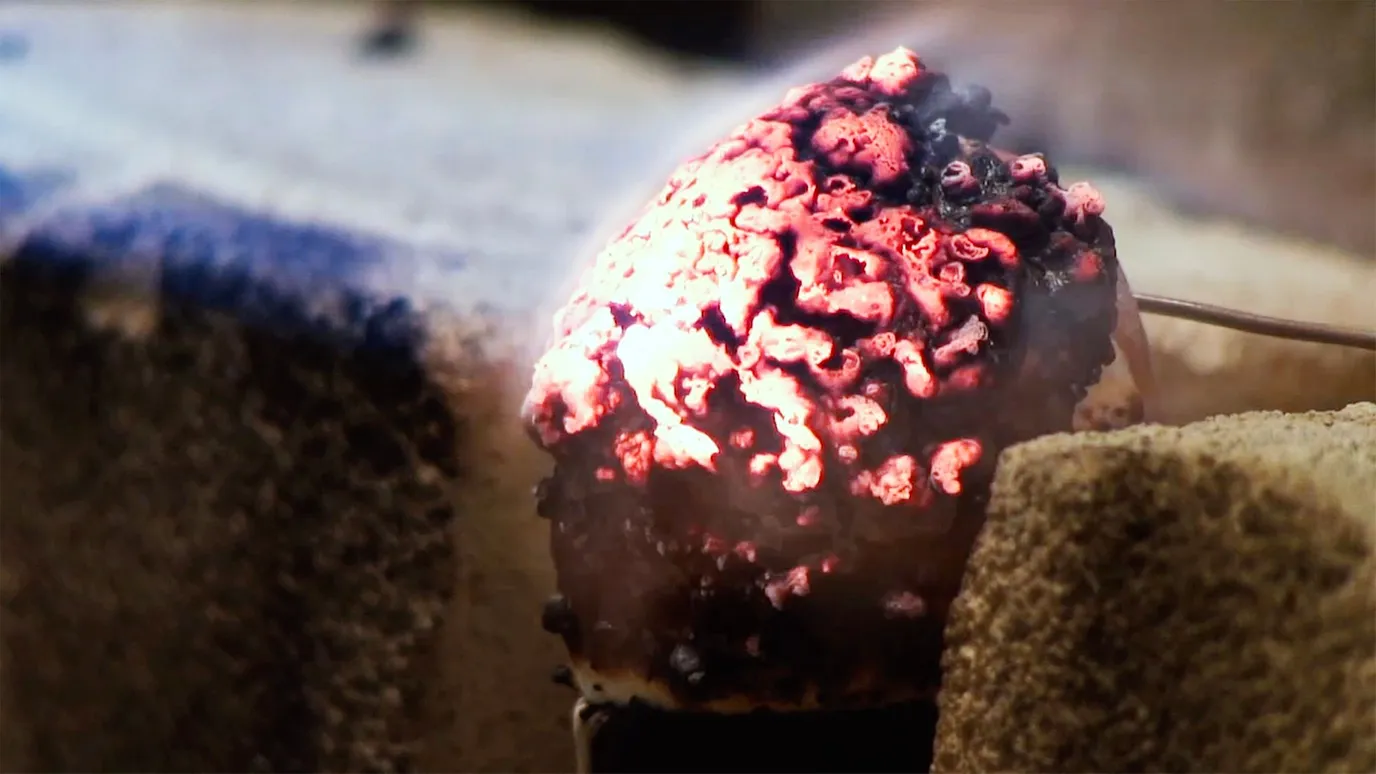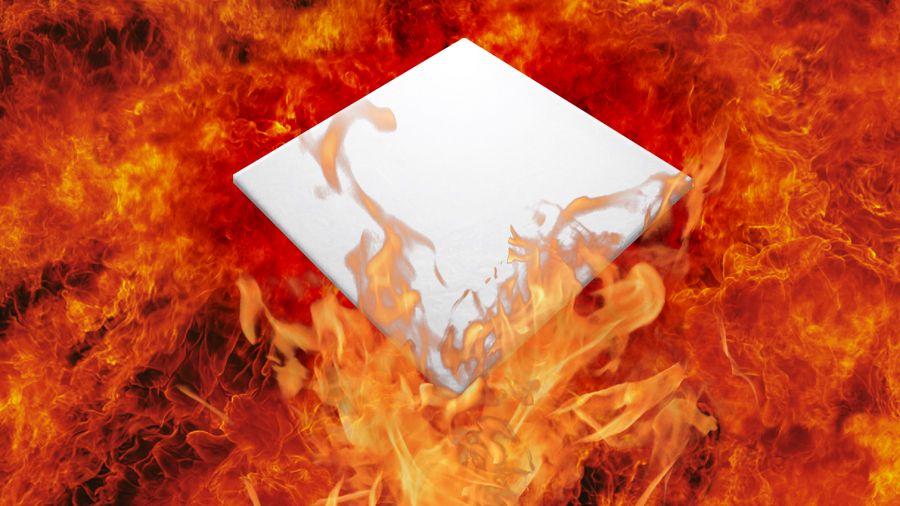AlexH
Well-Known Member
Fascinating. Demonstrated on Tomorrow's World in 1990, with rumours since that it was banned due to it being so powerful. Who will be using this in a sci-fi story (or have you already)? I have one it'll suit, where critiquers commented a particular aspect wasn't believable. Starlite would fix that.
A six video series:

 www.bbc.com
www.bbc.com
More info:

 www.newscientist.com
www.newscientist.com

 en.wikipedia.org
en.wikipedia.org
A six video series:

The substance that 'can withstand 75 nuclear blasts' - BBC Reel
The curious tale of a ladies hairdresser who invented a potentially world-changing material. Part one of six. Reported by Lee Johnson, produced, filmed and directed by Adam Proctor. Originally published in September 2018.
More info:

The power of cool: Whatever became of Starlite?
Two decades ago, Maurice Ward invented a fireproof substance that outperformed all known materials. Why wouldn't he reveal its secret, asks Richard Fisher



